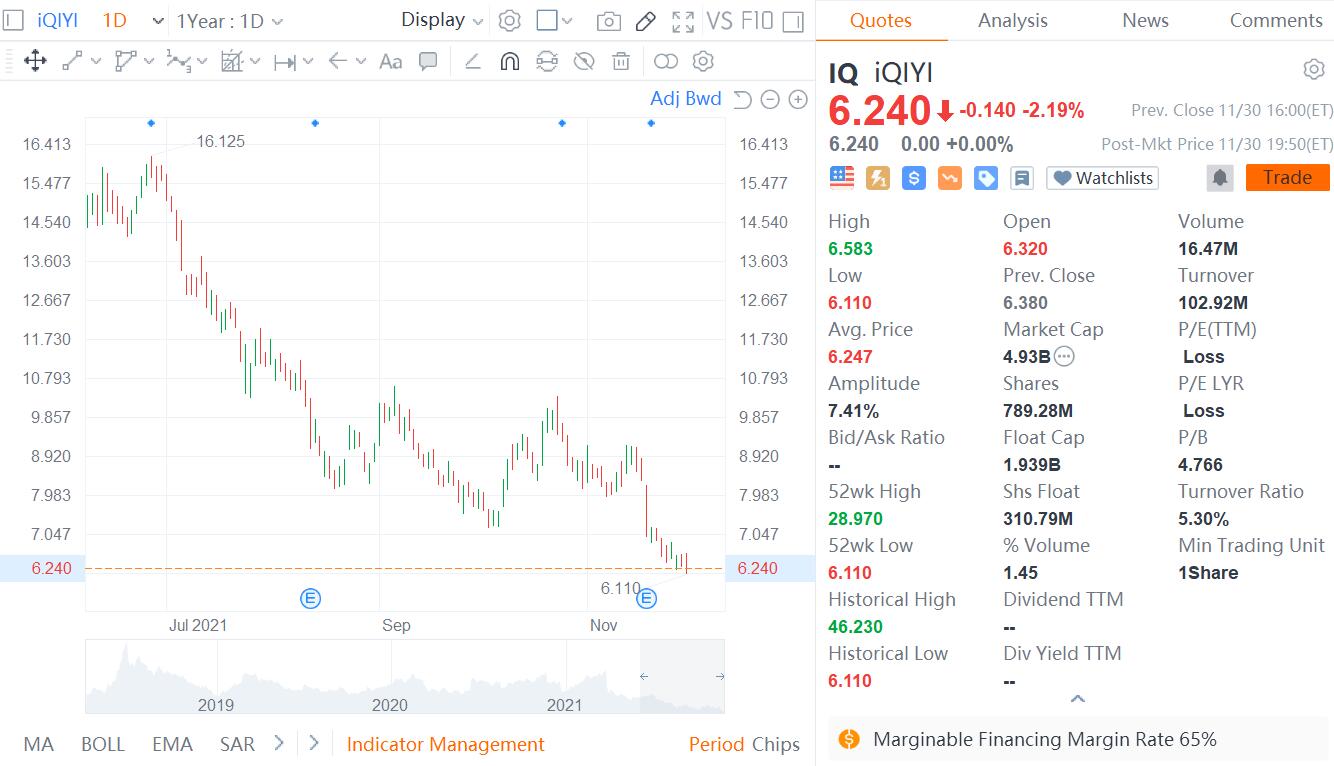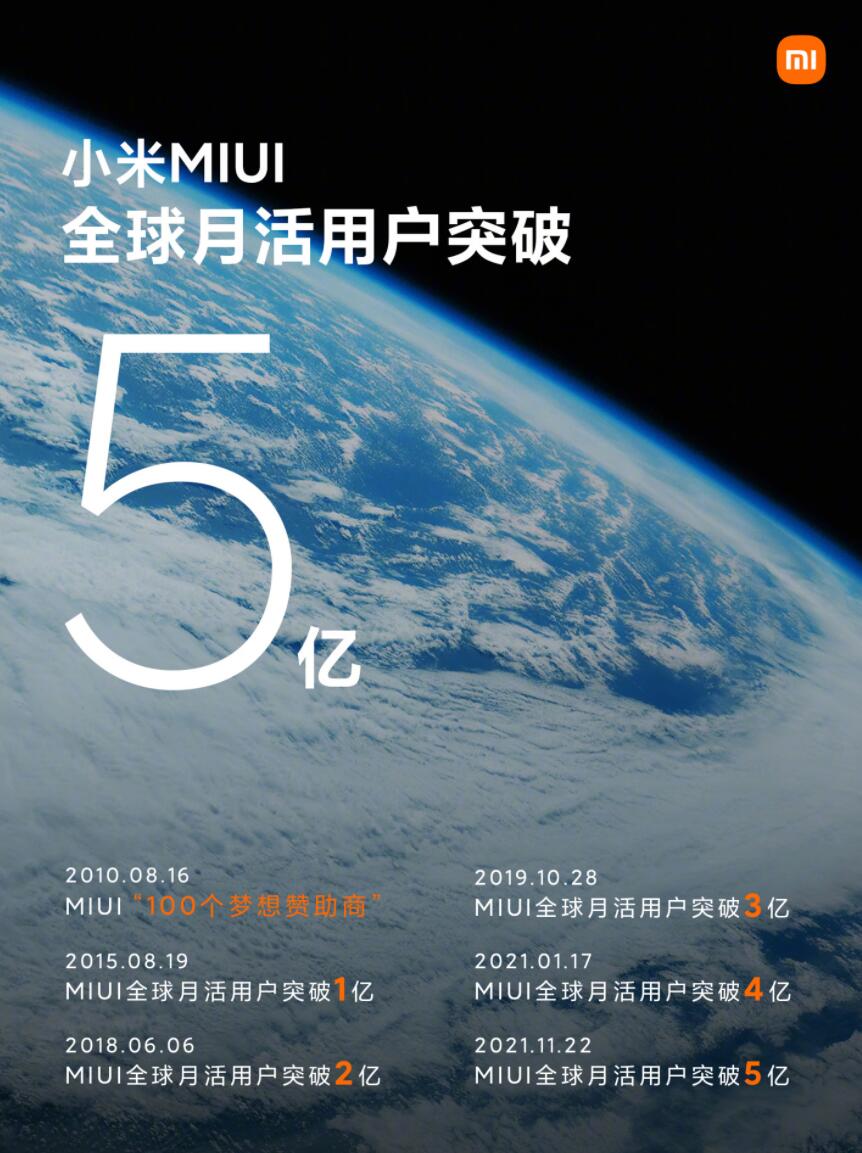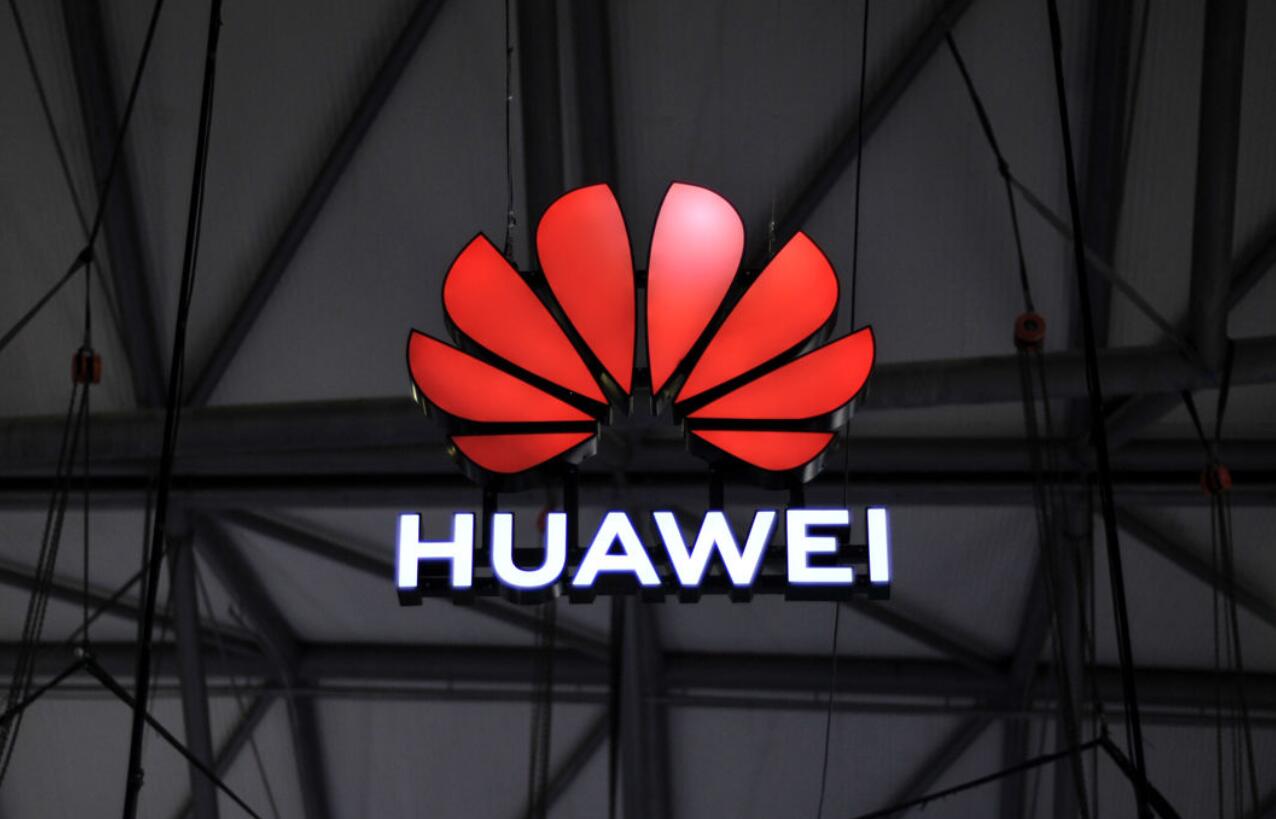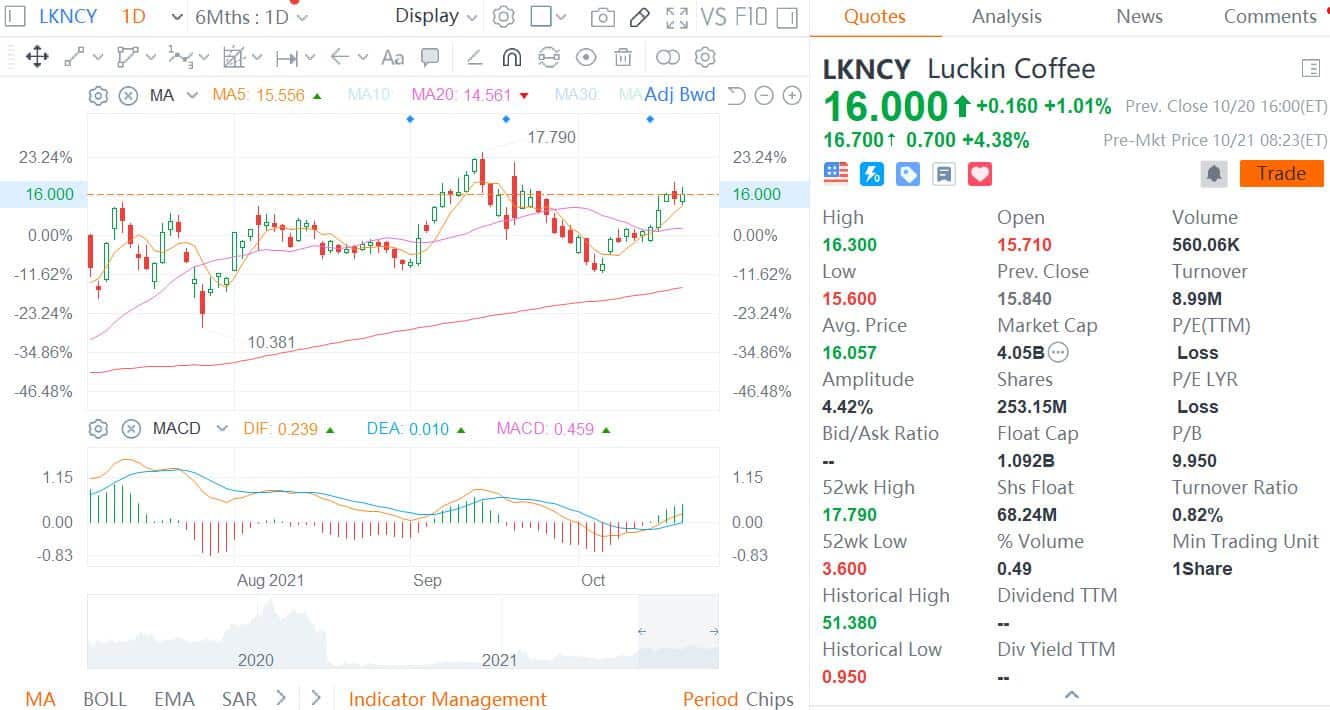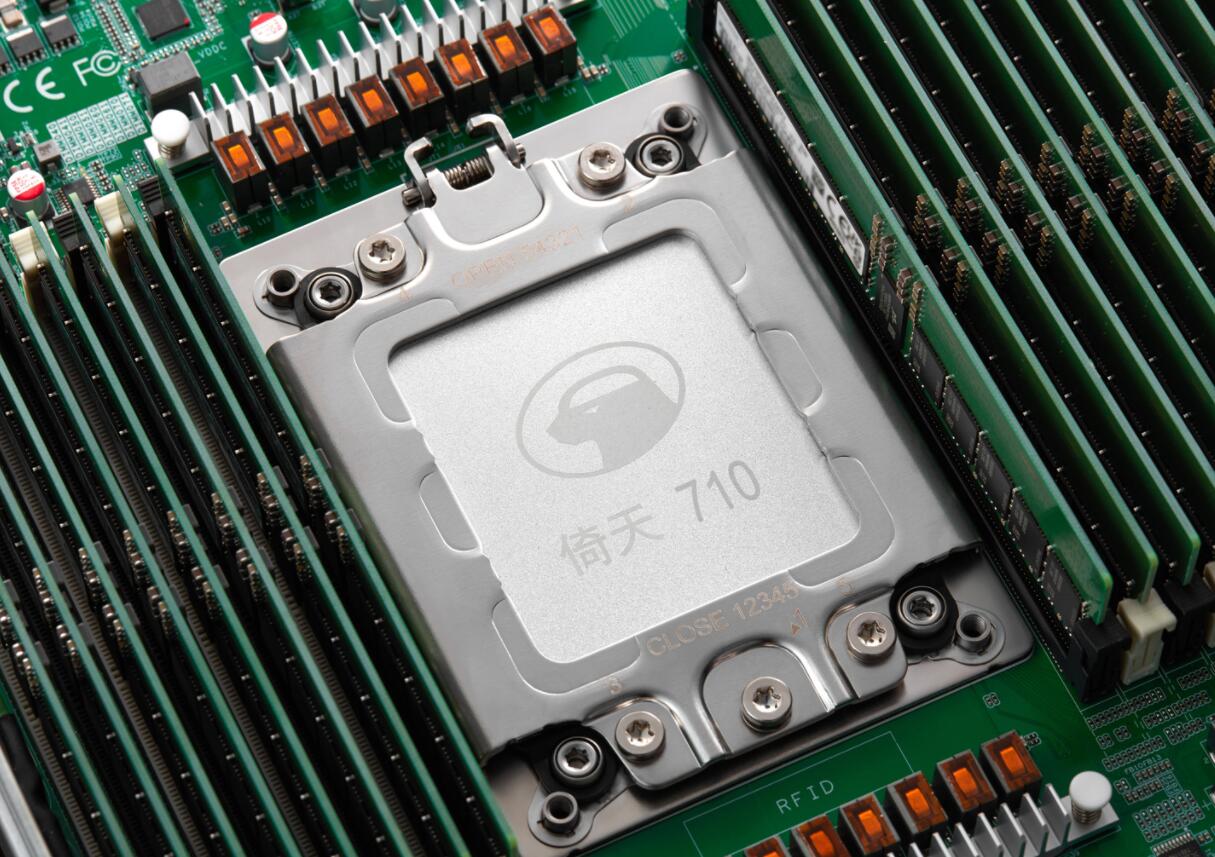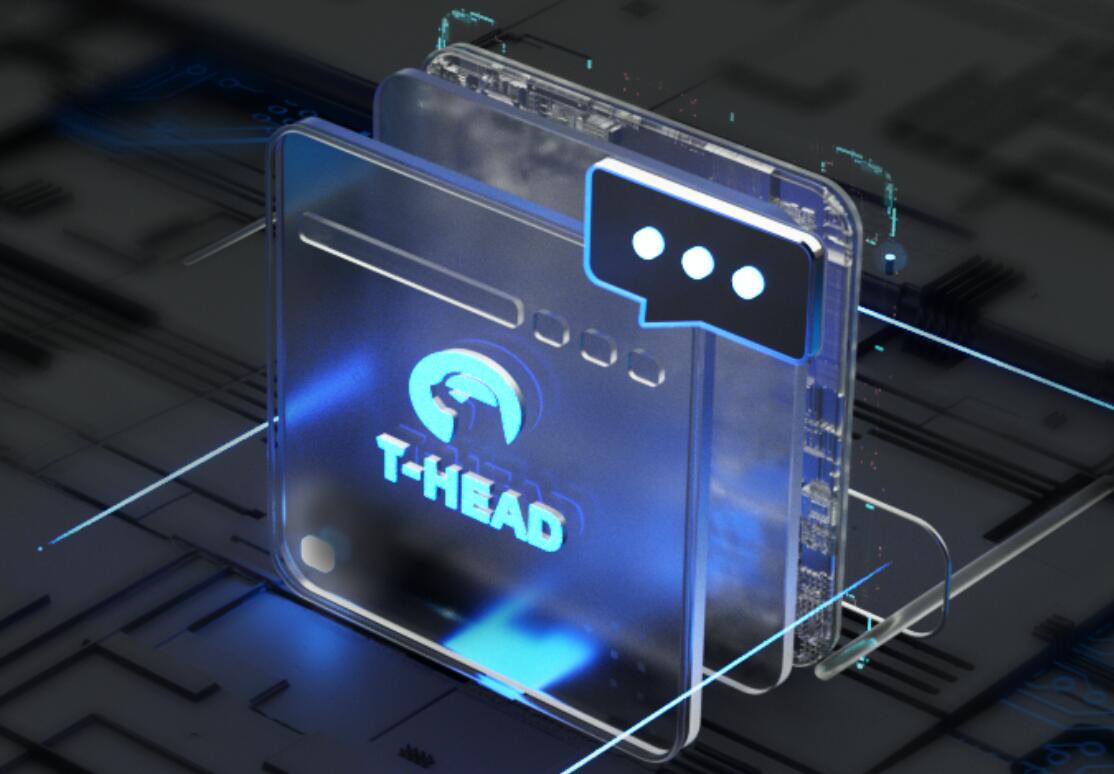
On January 14, 2020, Microsoft officially stopped technical support for Windows 7, and will shift focus to Windows 10.
After Microsoft ends extended support for Windows 7, your computer will not interrupt or stop working, but if something goes wrong with your Windows 7 computer, it will no longer receive any problematic technical support, software updates, security updates or repair.
Back in January 2015, Microsoft ended mainstream support for Windows 7, and the company stopped adding new features to the old operating system. Microsoft moved Windows 7 from mainstream support to extended support.
Microsoft says you can continue to use computers running Windows 7, but without continuous software and security updates, your computer is at greater risk of being attacked by viruses and malware.
From now on, the best way to stay safe is with Windows 10. And using a new computer is the best way to experience Windows 10. Although you can install Windows 10 on older devices, this is not recommended.
As more users migrate to the latest version of Windows 10 to receive security patches, the end of Windows 7 support will greatly increase Windows 10's market share.
There is no doubt that the "demise" of Windows 7 will improve the number of Windows 10 upgrades, and the end of Windows 7 support may also increase PC shipments.
Windows 10 launched in 2015, but not everyone wants to migrate to the latest version of the Microsoft desktop operating system.
According to the latest NetMarketShare data, in December last year, 26.64% of notebooks and desktops were still running Windows 7, and Windows 10's share has reached 54.62%.


